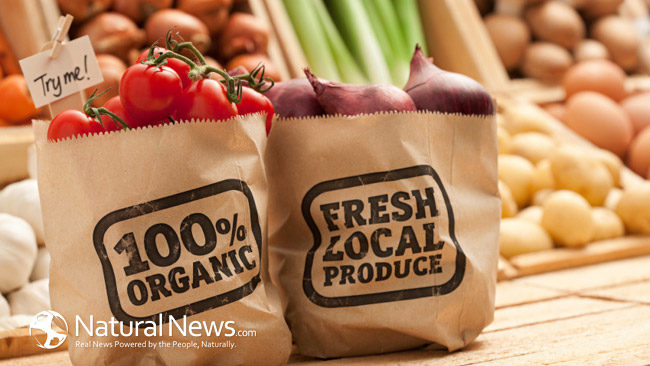Everyone wants to make the best decisions and ensure that they purchase healthy and safe food products. Especially, when it comes to meat, poultry and dairy products. Surely, the growing number of different labels such as “Organic”, ”Natural” and “Hormone Free” have been noticed, and it is clear that not all meat and dairy products are created equal. How do we know which one is better; organic or natural? They both sound like good options. Below is a list of the most common labels and what they actually mean in terms of animal diet and welfare.
Natural vs. Certified Organic
“Natural” meat and poultry are minimally processed and do not contain artificial ingredients or added color. This label is not certified by the USDA and there is no definition or regulation for the claims; and pretty much describes all meat and poultry. The “Certified Organic” label ensures that the product is free of antibiotics, pesticides, synthetic growth hormones, GMO’s and irradiation. In addition, the animals must be raised on certified organic pastures where they have all year round access to outdoors. Their diet must also consist of certified organic feed that does not contain GMO’s or any animal by products.
Grain Fed vs. Grass Fed
Cows naturally eat a grass based diet. In conventional food production, cows are fed a grain based diet mainly consisting of corn or soy. A mix of the grain diet and growth hormones fattens up the cows. This obviously leads to beef with a higher fat content but lower in heart healthy fatty acids. Grass fed beef contains less fat, more Omega-3s and more Conjugated Linoleic Acid; which is associated with reduced body fat and other benefits.
Animal Welfare Approved
This label has the most strict guidelines for animal welfare, and it ensures the most humane treatment of animals. However, it is difficult to find because it is only issued to independent family farms that produce meat. Animals must have continuous access to outdoors, shelter and water so that they have an environment where they can behave naturally. The animal products are free of growth hormones, antibiotics and GMO’s.
Cage Free vs. Free Range
Cage free literally means that the hens are not kept in cages. However, it may be misleading some into thinking that they are free to roam around; which is usually not the case. Most of the time these hens are crowded into a barn where they don’t get to see any daylight or move around freely. Free Range prohibits the use of cages and requires hens to have some outdoor time, but since it is not regulated the quantity and quality of outdoor time is not considered.
Hormone Free/rBST-free/rBGH-free
rBGH is recombinant bovine growth hormone, sometimes also called rBST which is recombinant bovine somatotropin . The supplementation of this synthetic hormones increases milk production in cows. The use of these hormones increases the risk of udder infections, which in turn increase the use of antibiotics. In addition, higher levels of rBST have been linked to increased levels of IGF-1; which is a hormone that support growth of some cell types. Although, rBST is inactive in humans, the higher levels IGF-1 hormone have been associated with development of some cancers.
As consumers, it is important to be aware of labels and what their claims really mean in order to make the most informed choices. When we choose to eat animal products we must consider the treatment of these animals, their diets, their welfare and the environment. Unfortunately, there are many animals raised under poor conditions and all of the factors reflect in the quality of food that we put into our bodies.





